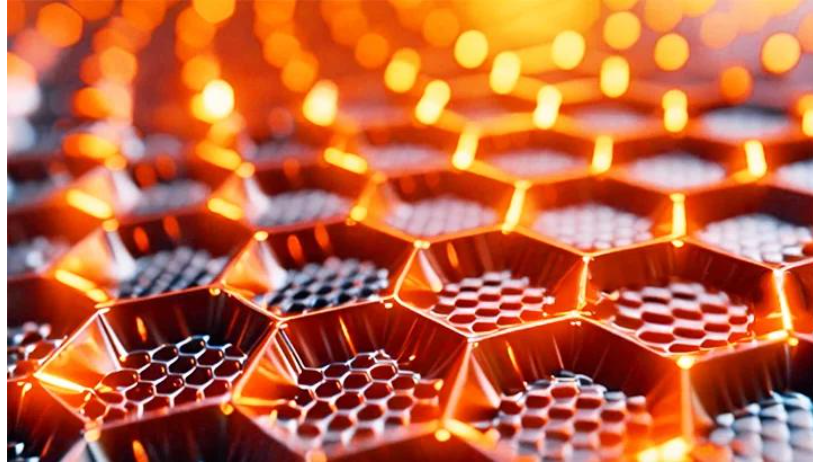Revolutionizing Thermal Management: The Role of Graphene in Modern Electronics
Introduction
As electronic devices become more powerful and compact, efficient thermal management has emerged as a critical engineering challenge. Overheating affects not only performance but also long-term reliability and safety. Traditional cooling methods, including metal heat sinks and fans, are reaching their physical and practical limits. This has prompted the search for advanced materials with exceptional thermal properties—enter graphene, a one-atom-thick layer of carbon with remarkable heat conductivity.

This article explores how graphene is revolutionizing thermal management in consumer electronics, electric vehicles, data centers, and more, driving innovation in next-generation cooling solutions.
1. What Makes Graphene Ideal for Thermal Management?
Graphene’s unique physical structure gives it:
-
Thermal conductivity > 5000 W/m·K (compared to ~400 W/m·K for copper)
-
High in-plane heat conduction efficiency
-
Excellent mechanical strength and flexibility
-
Low density and weight
These features make it ideal for spreading heat away from localized sources such as CPUs, GPUs, power amplifiers, and batteries.
2. Key Application Areas in Electronics
a. Smartphones and Tablets
Graphene-based thermal films are now being used to:
-
Enhance heat dissipation from processors
-
Improve battery safety and longevity
-
Enable ultra-thin and flexible designs
Companies like Huawei and Xiaomi have already integrated graphene cooling in some flagship devices.
b. Laptops and High-Performance Computing
In laptops and gaming PCs, graphene-based composites serve as thermal interface materials (TIMs) and heat spreaders, replacing traditional materials like silicone pads or metal plates.
c. Electric Vehicles (EVs)
EV batteries and power inverters generate significant heat. Graphene films and coatings are being applied to:
-
Manage cell-level temperatures
-
Increase charging speed without overheating
-
Extend battery lifespan
d. 5G and IoT Devices
With high-frequency signal transmission comes excess heat. Graphene coatings help dissipate this heat in antennas and small electronic components used in 5G modules and IoT wearables.
3. Product Forms and Fabrication Methods
Graphene for thermal management is typically processed into:
-
Graphene thermal films (CVD-grown, roll-to-roll processing)
-
Graphene-enhanced thermal pastes or greases
-
Graphene composites with epoxy or polymer matrices
-
Graphene foams and aerogels for passive cooling systems
These products offer flexibility in design, allowing for custom shapes and surface treatments.
4. Advantages Over Traditional Materials
| Property | Graphene | Copper | Aluminum |
|---|---|---|---|
| Thermal Conductivity | >5000 W/m·K | ~400 W/m·K | ~200 W/m·K |
| Density | 2.2 g/cm³ | 8.96 g/cm³ | 2.7 g/cm³ |
| Flexibility | Excellent | Poor | Moderate |
| Corrosion Resistance | Excellent | Moderate | Poor |
Graphene-based solutions can reduce device weight, improve cooling performance, and enhance design flexibility.
5. Challenges and Future Outlook
Despite its promise, graphene thermal management faces challenges:
-
Scalability of high-quality graphene production
-
Cost of CVD and exfoliation methods
-
Integration with traditional electronics manufacturing
However, recent breakthroughs in mass production, such as roll-to-roll CVD and liquid-phase exfoliation, are bringing costs down and improving accessibility. Several startups and established players are moving quickly to commercialize graphene-based cooling products.
Conclusion
As electronics continue to evolve toward higher performance and smaller form factors, traditional cooling solutions fall short. Graphene’s unmatched thermal conductivity and mechanical versatility position it as a next-generation solution for a broad range of applications, from smartphones to EVs.
Investing in graphene thermal solutions today may well define the competitive edge in tomorrow’s electronics market.

